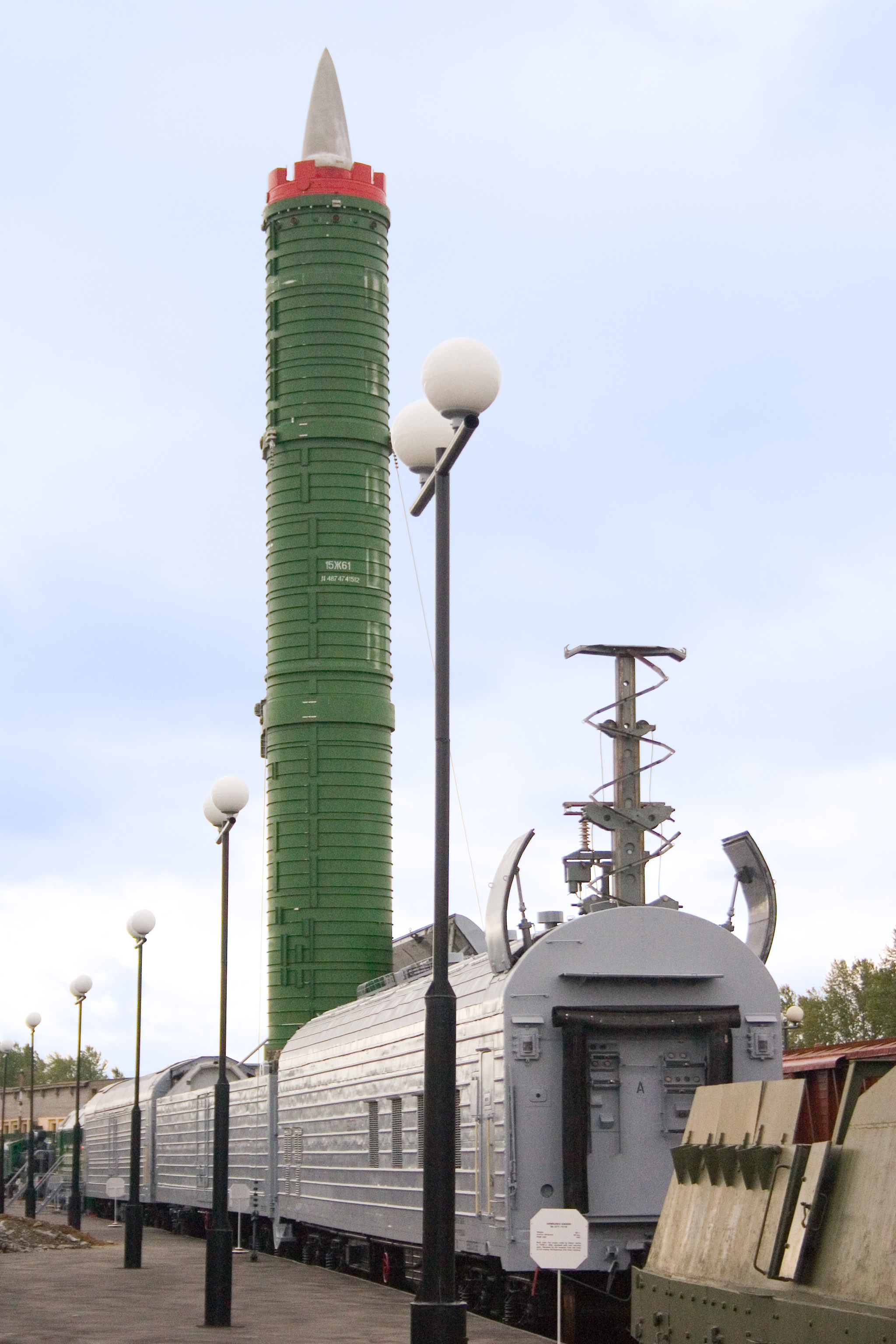The idea of the triad was to prevent a first-strike by not putting all the nuclear eggs in one basket. However, the whole idea of a first-strike is almost impossible anyway. The only way it can be done is if the missiles are positioned so that the flight time is less than 10 minutes, which is what the Soviets tried to do in Cuba and what the US tried to do in Turkey. Both nations ended up removing their missiles.
The Soviets developed a fail-deadly countermeasure called Perimetr. This system when activated would send signals to launch missiles automatically if it detected an attack.
I wonder if decoy missile silos might be a better solution to the first-strike problem. The blast radius of a typical warhead is 4 miles or so, which works out to about 50 square miles. The US is about 3.8 million square miles. An enemy would need to hit the US with about 76,000 warheads to cover all that area if the missiles were evenly spread out and hidden.
If thousands of decoy missile silos were built across the US, the enemy would not know where to aim its missiles and it could not possibly build enough missiles and warheads to destroy all possible missile locations.
I haven't run the numbers, but I suspect building a few thousand decoy silos and sprinkling the real ones among them would have been a lot cheaper than building and maintaining the other 2 legs of the nuclear triad for 50 years.
Another possibility would be putting the missiles on mobile launchers disguised as civilian vehicles- perhaps as a freight train. The Russians did just that with the RT-23 Molodets missile. The US equivalent program was never deployed.
"All warfare is based on deception." -Sun Tzu
The Soviets developed a fail-deadly countermeasure called Perimetr. This system when activated would send signals to launch missiles automatically if it detected an attack.
I wonder if decoy missile silos might be a better solution to the first-strike problem. The blast radius of a typical warhead is 4 miles or so, which works out to about 50 square miles. The US is about 3.8 million square miles. An enemy would need to hit the US with about 76,000 warheads to cover all that area if the missiles were evenly spread out and hidden.
If thousands of decoy missile silos were built across the US, the enemy would not know where to aim its missiles and it could not possibly build enough missiles and warheads to destroy all possible missile locations.
I haven't run the numbers, but I suspect building a few thousand decoy silos and sprinkling the real ones among them would have been a lot cheaper than building and maintaining the other 2 legs of the nuclear triad for 50 years.
Another possibility would be putting the missiles on mobile launchers disguised as civilian vehicles- perhaps as a freight train. The Russians did just that with the RT-23 Molodets missile. The US equivalent program was never deployed.
"All warfare is based on deception." -Sun Tzu


No comments:
Post a Comment